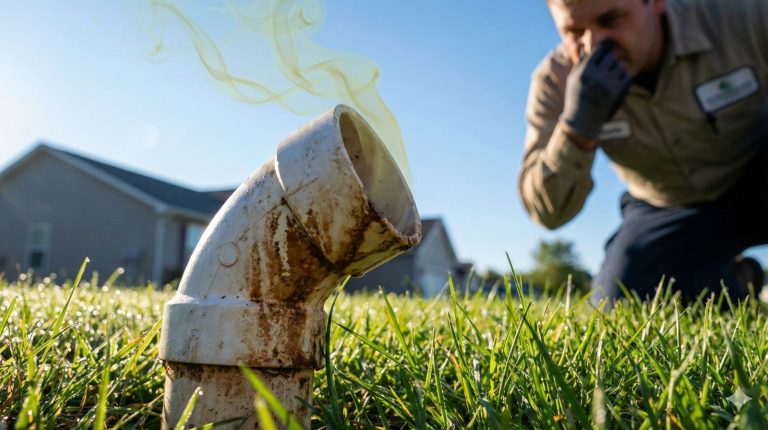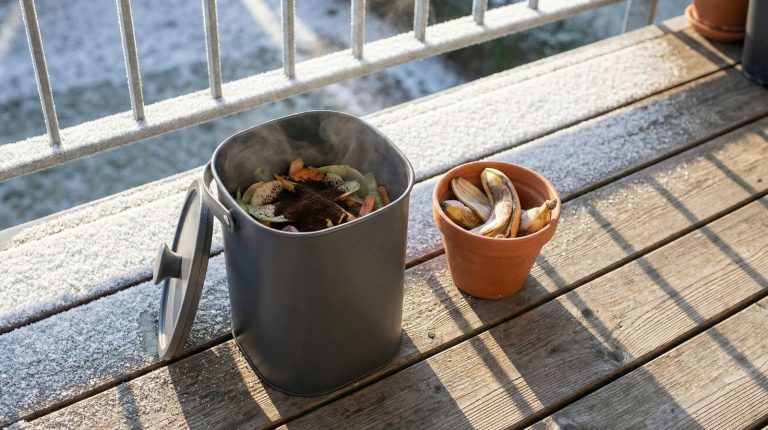Are you tired of wasting water and money? We’ve got just the solution for you. Introducing our guide to crafting your own home rainwater harvesting systems. With our practical tips and eco-friendly techniques, you’ll be able to save water, reduce your utility bills, and contribute to a greener future.
Join us as we delve into the benefits, installation, design, and maintenance of rainwater harvesting systems. Let’s embark on this journey together and start making a difference in our environment.
Benefits of Rainwater Harvesting
One of the major benefits of rainwater harvesting is that it allows us to conserve water by collecting and utilizing rainwater for various purposes. By implementing rainwater harvesting systems, we can take advantage of the natural water cycle and reduce our dependency on traditional water sources.
This method offers several advantages, including decreased water bills, reduced strain on municipal water supplies, and increased self-sufficiency. Rainwater harvesting also promotes water conservation by capturing and storing rainwater that would otherwise run off and be lost.
This water can be used for irrigation, landscaping, and even indoor applications such as flushing toilets and washing clothes. By harnessing the power of rainwater, we can contribute to a more sustainable and eco-friendly future while enjoying the practical benefits of a readily available water source.
Choosing the Right Rainwater Collection System
To choose the right rainwater collection system for our home, we need to consider various factors. There are different rainwater collection methods available, each with its own advantages and disadvantages.
One option is a rain barrel system, which involves collecting rainwater from the roof and storing it in a barrel for later use. This is a cost-effective solution that can be easily implemented by homeowners.
Another option is a more advanced system, such as a rainwater harvesting tank or cistern, which can store larger volumes of water and provide a more consistent supply. These systems require more planning and investment but can be highly beneficial in areas with limited water resources.
Ultimately, the choice of rainwater collection system will depend on factors such as budget, space availability, and desired water usage.
Installing a Rain Barrel for Your Home
After considering the different rainwater collection methods available, we decided to install a rain barrel for our home. It’s a practical and eco-friendly way to collect and store rainwater for various household uses. Here are some rain barrel installation tips and rainwater collection techniques to help you get started:
- Location: Choose a spot near a downspout that receives the most rainfall and is easily accessible for maintenance.
- Barrel Selection: Opt for a sturdy and food-grade barrel with a capacity that suits your needs. Ensure it has a secure lid to prevent debris and mosquitoes from entering.
- Installation Process: Place the barrel on a stable platform, such as concrete blocks or a raised platform. Attach a rainwater diverter to the downspout, directing the water into the barrel. Use a spigot at the bottom for easy access to the collected water.
Designing a DIY Rainwater Harvesting System
Continuing the discussion from the previous subtopic, let’s explore how we can design our own DIY rainwater harvesting system for our homes.
Designing a rainwater harvesting system involves considering the components and methods that will enable efficient collection and storage of rainwater. The key components of a rainwater harvesting system include a collection surface, a gutter system, a storage tank, and a distribution system.
The collection surface can be your roof or any other impermeable surface that allows rainwater to flow into the gutters. The gutters then direct the water into the storage tank, which can be an above-ground or underground container. For distribution, you can use a gravity-fed system or a pump to transfer the water to where it’s needed.
It’s important to ensure that the components are properly sized and installed to maximize the water collection and minimize any potential risks.
Maintenance Tips for Rainwater Harvesting Systems
Now let’s delve into the maintenance of our rainwater harvesting system, ensuring its longevity and optimal functionality. Proper maintenance is essential to keep your system running smoothly and to maximize the benefits of rainwater harvesting. Here are three important tips to help you maintain your system effectively:
- Regular cleaning: Periodically clean the gutters, downspouts, and filters to remove any debris that may accumulate over time. This will prevent clogs and ensure the efficient flow of water into your storage tank.
- Inspect for leaks: Conduct regular inspections to check for any leaks or cracks in the system. Repair any damages promptly to prevent water loss and maintain the integrity of your system.
- Troubleshooting: Familiarize yourself with common issues that may arise, such as pump malfunctions or tank overflow. Learn troubleshooting techniques and address these problems promptly to keep your rainwater harvesting system operating at its best.
Maximizing the Use of Harvested Rainwater
To fully utilize the rainwater collected from our harvesting system, we can explore various ways to maximize its use in our everyday lives. By implementing water conservation techniques and rainwater utilization methods, we can make the most of this valuable resource.
One effective method is to use harvested rainwater for irrigation purposes. By connecting the rainwater collection system to our garden irrigation system, we can water our plants and lawns without relying on municipal water sources.
Additionally, we can use rainwater for household tasks such as flushing toilets and washing clothes. Installing a separate plumbing system that allows us to use rainwater for these purposes can significantly reduce our water consumption.
Another way to maximize the use of harvested rainwater is by storing it in large tanks or barrels. This allows us to have a reserve of water during dry spells or in case of emergencies.
Conclusion
Rainwater harvesting is a practical and eco-friendly solution for homeowners to conserve water and reduce their environmental impact. By implementing a DIY rainwater harvesting system, you can maximize the use of harvested rainwater and save up to 1,300 gallons of water per year, according to the Environmental Protection Agency. This statistic highlights the significant impact that rainwater harvesting can have on water conservation efforts, making it a worthwhile investment for any environmentally-conscious homeowner.




